Master Projects - Marine Chemistry and Biogeochemistry
New Master Projects 2023
1-TANZANIA: As a part of NORAD project; Building Capacity to Crosslink Coastal Pollution with Climate Change, BC5 (2021-2027) in Ghana and Tanzania, students want to study microplastic, heavy metals, bioessential and toxic metals, the impact of erosion on ecosystem and biodiversity ( e-DNA, Phyto and zooplankton sampling) in coastal waters and sediment in the context of climate change, please get in touch with me ASAP. We have fieldwork in Tanzania (Zanzibar & Pemba islands, Dar Es Salaam coast, and Mnazi Bay from January 16- to February 7). The projects will cover the travel and accommodation expenses of students participating in the fieldwork. For details contact Murat V. Ardelan
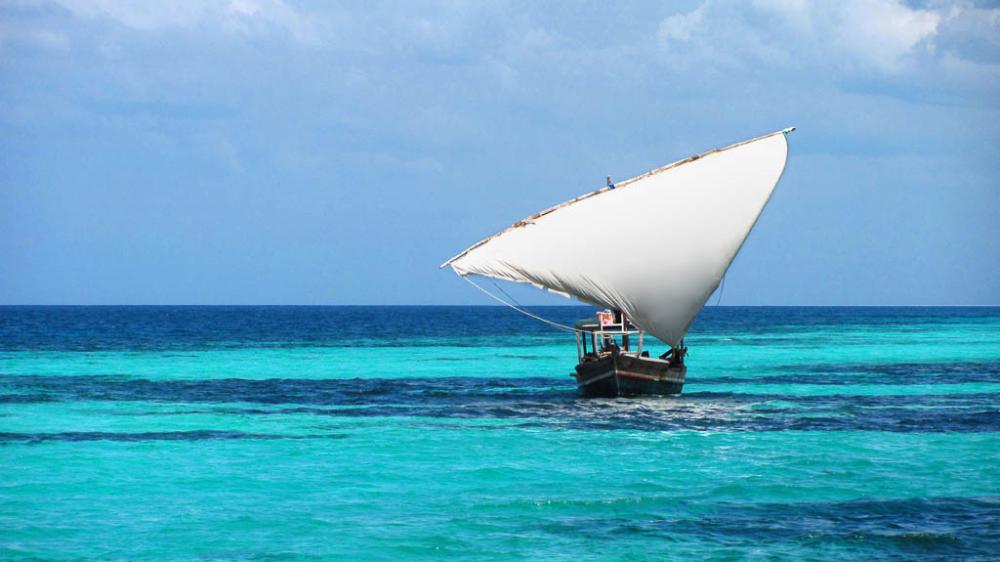
2-GHANA:
If you do not want to participate the field work, you can still join the analytical part of the project.
We already have samples from three regions from the coast of Ghana;. we collect micropalstic, TOC, organic poluttant and heavy metals and trace elements samples including Hg and methyl mercury in water and sediment three distinc regions.
a) samples from the Ankobra river and coast will focus on the impact of illegal gold mining in the region on coastal biogeochemistry
b)samples from the coast of Accra and the old Fadima lagoon will focus on extreme pollution of plastic, e-waste, and domestic pressure on the coastal zone
c)Samples from Volta river regions and lagoons will focus on climatic impact on the Mangrove ecosystem
Master Projects
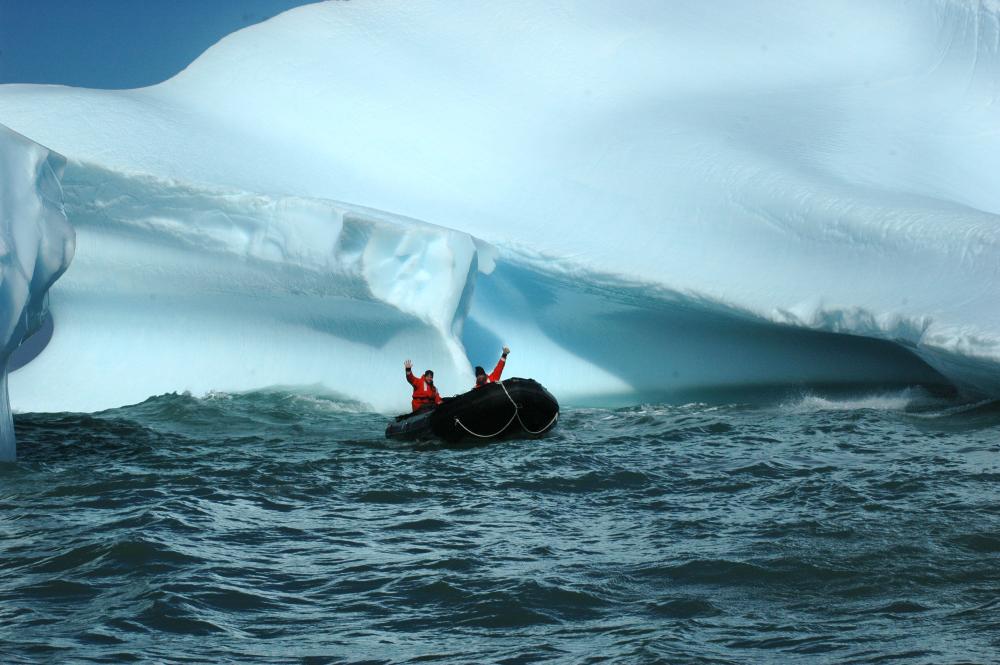
Bio-essential & toxic elements distribution in
Northern Barents Sea
Nasnen & Amundsen basins
Siberian Continental Shelf
Kara Sea, Laptev Sea & East Siberian Sea
The impact of Siberian permafrost thawing
1
Distribution and seasonality of bio-essential & toxic trace elements in the Arctic Ocean ;
i) Northern Barents Sea, Nansen and Amundsen basin,
ii) Kara; Laptev and East Siberian Seas
CONTEXT
This study will be a part of Norwegian and International projects, the Nansen Legacy (NL) (Arven etter Nansen, AeN), and BEST-Siberian, respectively; studet will be part of a larger investigation of how seasonal variation in the distribution of bio-essential and other trace elements in the water column & surface sediment will contribute to the understanding of trace metal biogeochemistry and microbial ecosystme functioning in the Arctic under climate change. The candidate works on the Northern Barent sea must apply for Nansen Legacy affiliation.
METHOD
The candidate will prepare sea-water samples for analysis using inductively coupled plasma-mass spectrometry (ICP-MS). The laboratory work will be carried out in a class 1000 clean laboratory at the Department of Chemistry at NTNU. The off-line seawater matrix removal and pre-concentration of trace elements is performed with the commercially available seaFAST-pico SC-4 DX system (ESI, Omaha, USA). Laboratory work includes the improving of analytical challenges with the preparation of blanks in artificial seawater and with samples collected on the Arctic cruises March 2021 and May 2021, central Arctic cruises, and all planned crusies in 2022
2
Mercury and other toxic elements in Arctic Ocean (Siberian shelf seas) and surface sediments
CONTEXT
Warming of the Arctic and ensuing permafrost thawing is enhancing fluxes of organic and inorganic matter (trace elements, nutrients and pollutants) to the Arctic Ocean. Increased organic matter (OM) decomposition in the water column and surface sediments may have important consequences for water column biogeochemistry and ecosystems
METHOD
The candidate will prepare sediment samples for analysis using microwave digestion and use inductively coupled plasma-mass spectrometry (ICP-MS) and thermal decomposition atomic absorption for analysis. The candidate will also measure samples for OM content, TOC, and grain size. Additional samples will be collected on planned Arctic cruises in Fall 2021 and 2022. Preparation and possible participation on seasonal NL cruises is required.
3
Distribution, seasonality and characterization of dissolved organic matter) in the Arctic Ocean (Siberian shelf seas)
CONTEXT
Organic matter (OM) in the ocean is a key controlling factor of atmospheric CO2 through carbon export and microbial carbon pump. Therefore it is critical to know whether OM is labile for bacterial decomposition of recalcitrant and stay longer in the sea and sediment. Beside this OM is playing an important role in the cycles of bio-essential elements, such as Fe and toxic elements such as Hg and modifying redox conditions in the surface sediments. The pivotal role of OM on the methylation and de-methylation of mercury and its speciation in both water column and sediment is also a subject of ongoing research. Warming of the Arctic and ensuing permafrost thawing is enhancing fluxes of organic and inorganic matter (trace elements, nutrients and pollutants) to the Arctic Ocean. Increased organic matter (OM) decomposition in the water column and surface sediments may have important consequences for water column biogeochemistry and ecosystems.
METHOD
The candidate will prepare seawater samples for analysis dissolved organic matter (DOM) using with liquid chromatography – tandem mass spectrometry (LC-MS/MS). The candidate will also measure samples for dissolved (DOC) and total organic carbon (TOC). Samples will be collected on planned Arctic cruises in Fall 2021 and 2022. Preparation and possible participation on seasonal NL cruises is required.
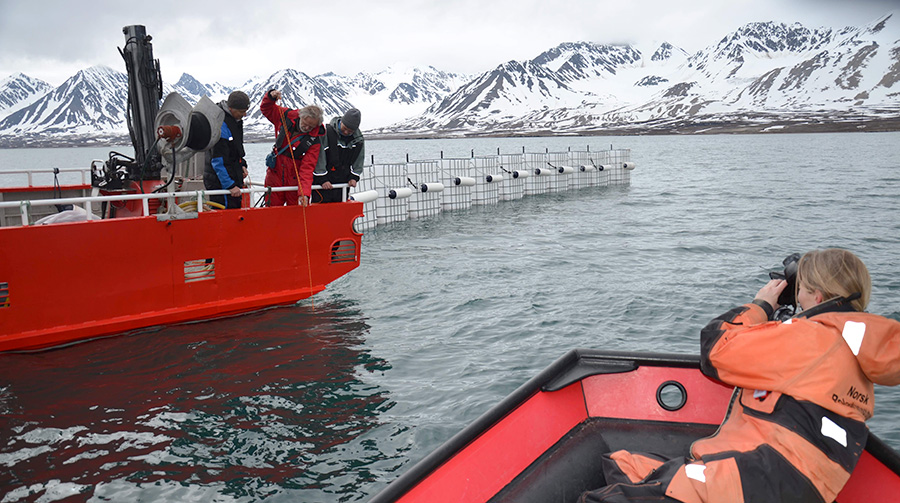
|
|
4
Participate field works & coastal cruise
in the Coasts of Ghana & Tanzania
(Coast of the Atlantic & Indian Ocean)
Study the impact of E-Waste & Plastic under the context of Climate Change
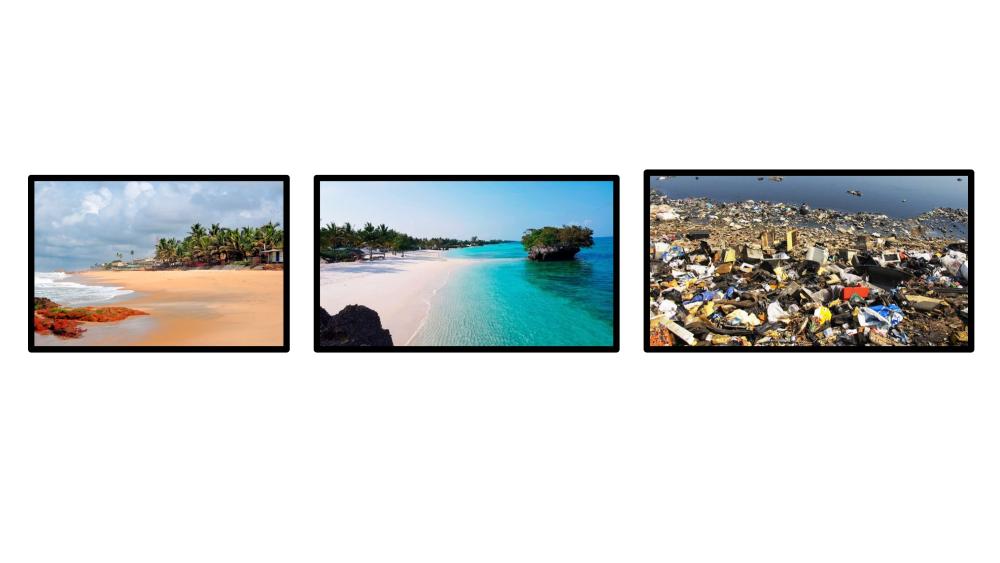
BACKGROUND : The coastal environments of Ghana and Tanzania, as other marine coastal regions, constitute vulnerable ecosystems to the impacts of human-made stressor and climate change. It is well known that climate change drives physical (temperature, winds, ocean currents, vertical mixing) and chemical (ocean acidification) changes in the world oceans, which are predicted to be enhanced in the near future, thus impacting significantly many species and marine ecosystems. However, climatic stressors are not the only factors currently affecting diverse marine ecosystems, as non-climatic stressors such as E-waste and plastics derived marine pollution and connected contaminants, are now reaching concerning levels in the coastal regions of Ghana and Tanzania.
As climatic and non-climatic stressors do not act independently, their combined impact could be reinforcing the adverse effects on the marine food-web which is the main natural resource for coastal communities. These changes have dramatic impacts on human activities depending on marine ecosystem goods and services.
Available master projects will be a part of an international projects Building Capacity to Cross-link Coastal Pollution with Climate Change (BC5) (web pages will be available soon) is 6 years project funded by NORAD
BC5 will focus on different case studies to develop its capacity building programs of Research Based Education. Field activities, experiments, research-based education, will during this project follow a frugal and efficient form of implementation. Sailing 4 Science (S4S) allows students & young researchers to learn key skills by working across transdisciplinary borders, dealing with different kinds of knowledge and technologies sometimes in limiting conditions. Participants face situations that will often allow for transposing know limits, helping then to gain unexpected skills, confidence, experience & often empowering then to find their innovative potential.
METHOD : Sampling from fields, coastal systems, river mouths, and open sea in the coastal systems of Atlantic (Ghana) and Indian Ocean (Tanzania) will be done with the S4S cruises. Various field and lab experiments will be performed. Organic and inorganic contaminants will be analyzed by High Resolution Inductively Coupled Plasma Mass Spectrometry (HR-ICP-MS), gas chromatography sector-field inductively coupled plasma mass spectrometry (GC-SF-ICP-MS) and high-resolution mass spectrometry (HRMS). Solid phase extraction will be used to isolate organic molecules.
Specific focuses :
- X(three?) MS projects will focus on E-Waste (both heavy metals and organic contaminants originating from e-Waste) in water column and surface sediment.
- X(three?) MS projects will focus on interaction of microplastic with heavy metals, organic contaminants transport and other natural particles due to errosion and transformation in the coastal systems
- X(three?) MS projects will focus on the impact of multi-stressors (pH and Temperature ) on biogeochemistry of selected metals and organic contaminants in coastal systems
- Ecosystem studies: Mangroves ecosystem and coastal ecosystem where river meet with sea.– Studying human-made and climatic stressors on the biogeochemistry and ecosystem
FOR DETAILS CONTACT
Murat V. Ardelan (murat.v.ardelan@ntnu.no ) room D2-214
Mathew K. Avarachen (mathew.avarachen@ntnu.no) and
Maria Azucena Gutierrez Gonzalez (NTNU Oceans Research & Education Coordinator cell: (+47) 91 89 77 45
mariaazucena.gutierrez@ntnu.no
5
MSc In vitro degradation of kelp tissue, cultivated S. latissima (labwork) (Seaweed-CDR project)
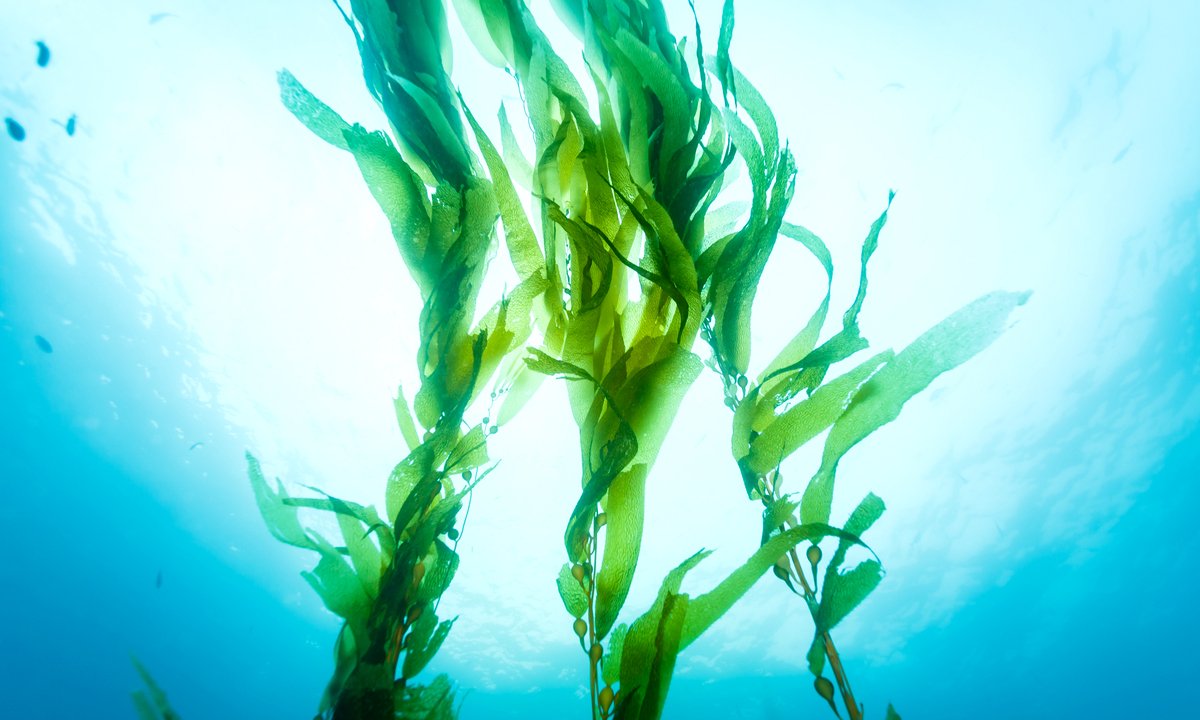
Degradation of S. latissima biomass will be studied in vitro under anoxic and hypoxic conditions and under low temperatures representative for bottom conditions on the Norwegian continental shelf (200-300 m depth, 4°C) and outside the shelf break (1500 m depth, 1°C). Both whole sporophytes (the entire plants) and tissue fragments will be included in the study and the samples will be packed at different densities. Sediment samples will be used with S. latissima tissue in OxiTop-systems (0.5 L with headspace). The tissue samples will be left for degradation for 90 days, but longer periods will be considered if necessary. Decomposition of the tissue will be assessed by monitoring of O2 consumption/CO2 production online using state-of-the-art optical O2 sensors and infrared DIC determination. H2S formation will be monitored. In addition, samples will be taken monthly to quantify the release of nitrogen and phosphorous compounds during decomposition.
Requirements:
- Motivated and independent during labwork
- Good analytical skills
- Collaboration with project team
Offered:
- Thesis in current and novel topic in seaweed cultivation, with application for climate mitigation
- Collaboration in exciting project in SINTEF Ocean, including network and contacts
- Publication in scientific journal
Collaborations with:
Seaweed-CDR project (SINTEF Ocean)
PhD Luiza N. (NTNU/SINTEF Ocean) Luzia.Neves@sintef.no
Monitare project (NTNU)
6
Determination of Degradation of Hydrogen Peroxide in seawater
CONTEXT: Reactive oxygen species (ROSs), such as H2O2, are ubiquitous in surface aquatic environments due to photochemical formation. H2O2 and related reactive oxygen species (ROS) are toxic, and therefore aerobic organisms deploy a number of chemical and enzymatic defenses to protect themselves. H2O2 is also used in aquaculture systems where preventive or curative water treatments are required (e.g. sea lice). Understanding the dynamics of the degradation of H2O2 in seawater is crucial to understand potential impacts of the aquaculture industry in the marine environment.
METHOD
The candidate will prepare seawater samples for the determination of H2O2 with flow injection Chemoluminesce (FIA-Cl) technique. Laboratory work includes preparation and execution of experiments under controlled conditions with seawater. Preparation and possible participation on fieldwork on Trondelag region is required
This projcet s part of a The European Institute of Innovation and Technology (EIT) project
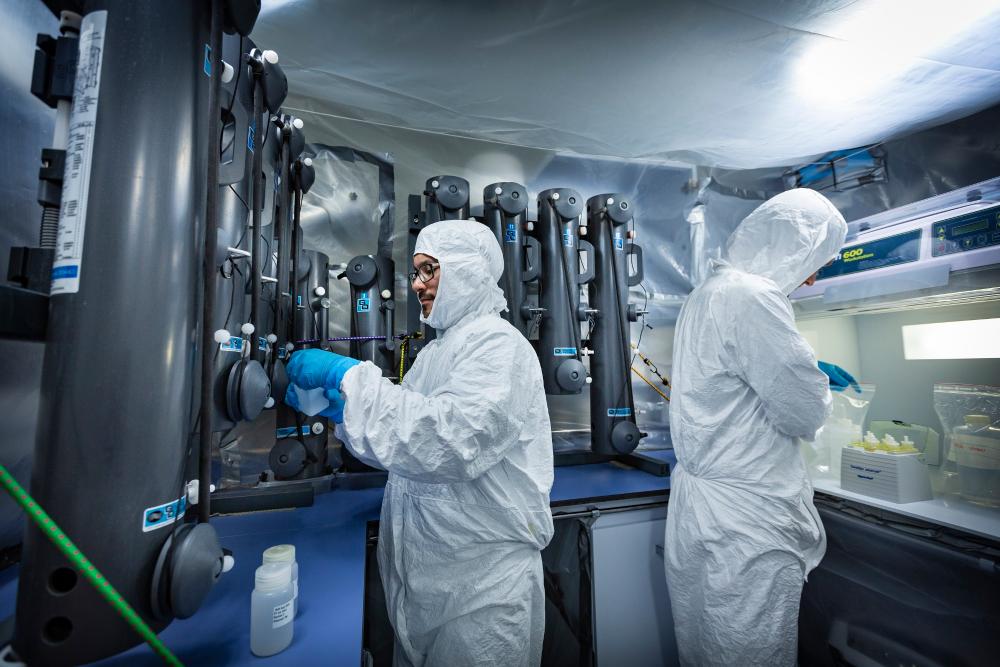
Photo: Chrstian Morel. Trace element sampling from GO-FLO in an Arctic Cruise, Nicolas Sanchez and Stephen Gustav Kohler, RV Kronprins Håkon
7
Improvement the analytical methods for iron and other trace element determination in seawater
a) Multi analytical approach for Iron determination in seawater
Iron is an essential micronutrient for microbial organisms (bacteria and phytoplankton) in oceans. Iron is a limiting nutrient in almost 40 % of the Ocean, especially in the Antarctic waters and most of the Southern Ocean. It is one of the key element which has important role for regulation of the atmospheric CO2 hence Climate of the Earth.
Determination of iron and its forms in seawater is a challenging task. The student will test various factors to improve the determination of the iron by using Sea-FAST pre-concentration instrument and High Resolution Inductively Coupled Plasma - Mass Spectrometry (HR-ICP-MS) and Flow Injection Analysis (FIA)
b) Multi analytical approach for selected trace element (i.e. Mn, Co, Ni, Zn, Cu, Au, Cd, Pb, U and Ti )determination in seawater
Some trace elements (TE) are essential as micronutrients for microbial organisms (bacteria and phytoplankton) in oceans. They are crucial in many vital enzymatic reactions. Some other trace elements are toxic for marine organism. Due to climate change and human made impact, the mobility, solubility hence bioavailability and toxicity of TE may be changing dramatically. It is, therefore, important to develop useful analytical techniques to monitor the changes in TE concentration in seawater and their roles in ecosystem.
Determination of iron and its forms in seawater is a challenging task. The student will test various factors to improve the determination of the iron by using Sea-FAST pre-concentration instrument and High Resolution Inductively Coupled Plasma - Mass Spectrometry (HR-ICP-MS) and Diffusive Gradient in Thin film (DGT) methods.
8
CO2/ Carbon cycle :
Characterization of the organic carbon in seawater and surface sediments
Increasing CO2 in the atmosphere is one of the main global environmental problem. Both greenhouse effects and ocean acidification ere due to accumulation of CO2 in the atmosphere. It is critical to control CO2 increase in the atmosphere. Oceanic processes are important for removal of CO2 and control its level in the atmosphere by photosynthesis and eventually by exporting biologically fixed CO2 as forms of dissolved and particulate Organic Carbon (DOC/POC) into deep water and sediment.
it is important to follow the carbon export from surface water to the deep water and its fate. In this work we are going to collect DOC and POC in water column and sediment (pore water) to characterize whether they are labile or refractory for microbial decomposition.
Multi analytical techniques will be used to determine the distribution and transformation of DOC and POC (i.e. Synapt G2-S Q-TOF, , NMR, CDOM, FDOM).
Collaboration with Marine Biologist in Dept of Biology.
Co-Supervisor : Alexandros Asimakopoulos alexandros.asimakopoulos@ntnu.no
Co-Supervisor : Nebojsa Simic nebojsa.simic@ntnu.no
9
Reactive Oxygen Species (ROS)
Role of plankton for H2O2 production in seawater
Hydrogen peroxide, H2O2 is one of the most dominant ROS in surface water. It is very strong oxidizing molecules and increase in concentration of , H2O2 is important stressors for biology, and have critical impact of many vital chemical process in seawater.
We are testing the role of grazing activities of different zooplankton on the production of , H2O2
|
CONTACTS: Nicolas Sanchez, nicolas.sanchez@ntnu.no |
|
|
Projects
- DiverSea (Coordinator) EU-Horizon
- Nexus-Monarc -EU-Horizon
- The Nansen Legacy / Arven etter Nansen (external website)
- Best-SIBERIAN (Bio-essential and toxic elements transformation and transport in the Arctic under pressure of Siberian Continental Shelf permafrost thawing
- ANTARCTICA; Sophy-CO2 (Southern Ocean phytoplankton community characteristics, primary production, CO2 flux and the effects of climate change (SANOCEAN)
- i-CRYME (Impact of CRYosphere Melting on Southern Ocean Ecosystems and biogeochemical cycles (I-CRYME)
- Coast-LAB (SANOCEAN)
- Salt-MINE (Belmont forum)
- AWAS (Autonomous water sampling with real-time in situ data analysis for ocean environmental monitoring)
- HYPSCI (Large-scale Interdisciplinary Researcher Project Observational Pyramid with Hyperspectral Nano-Satellites for Ocean Science)
- Breeze (Sustainable Aquaculture), The European Institute of Innovation and Technology (EIT) project
- Lake Mjøsa Project
- JPI-O; Deep sea mining -- environmental impact
- TrykkCO2
- CO2 acidification
- Iron, evolution and photosynthesis
- Ocean certain (external website)
- C cycle
- Sailing 4 Science Empowering STUDENTS and Citizen Science (external website)
